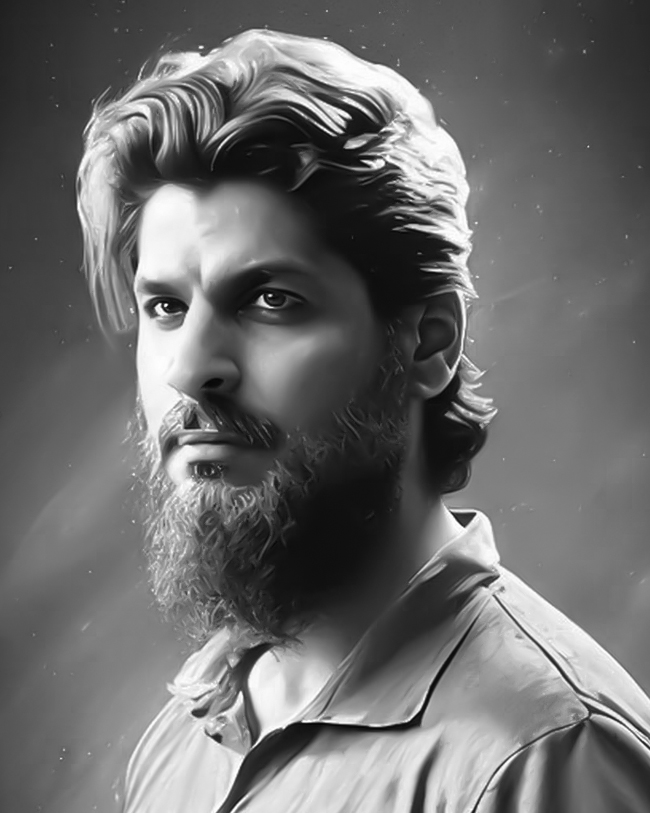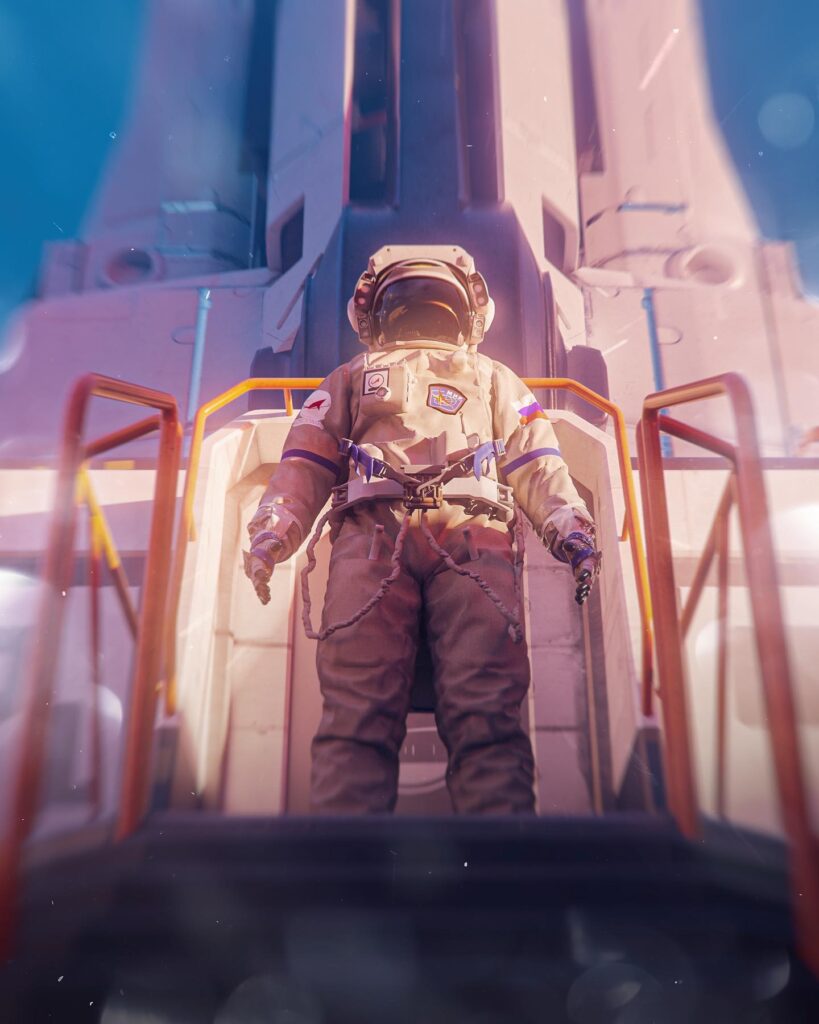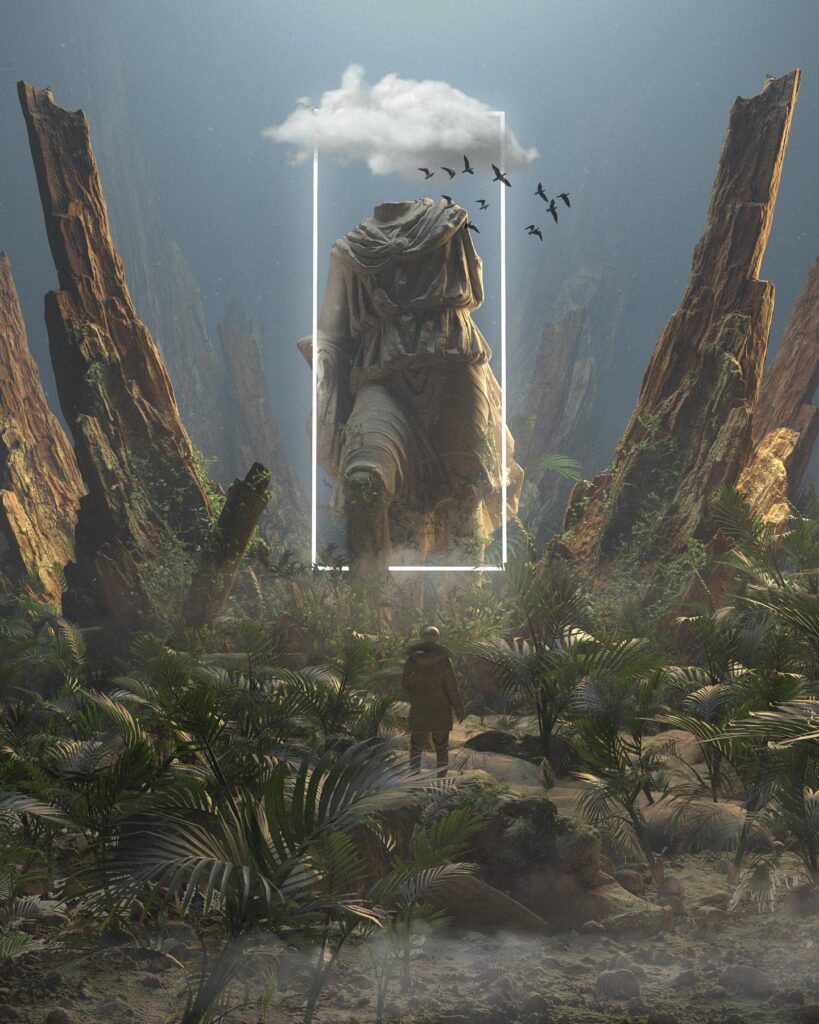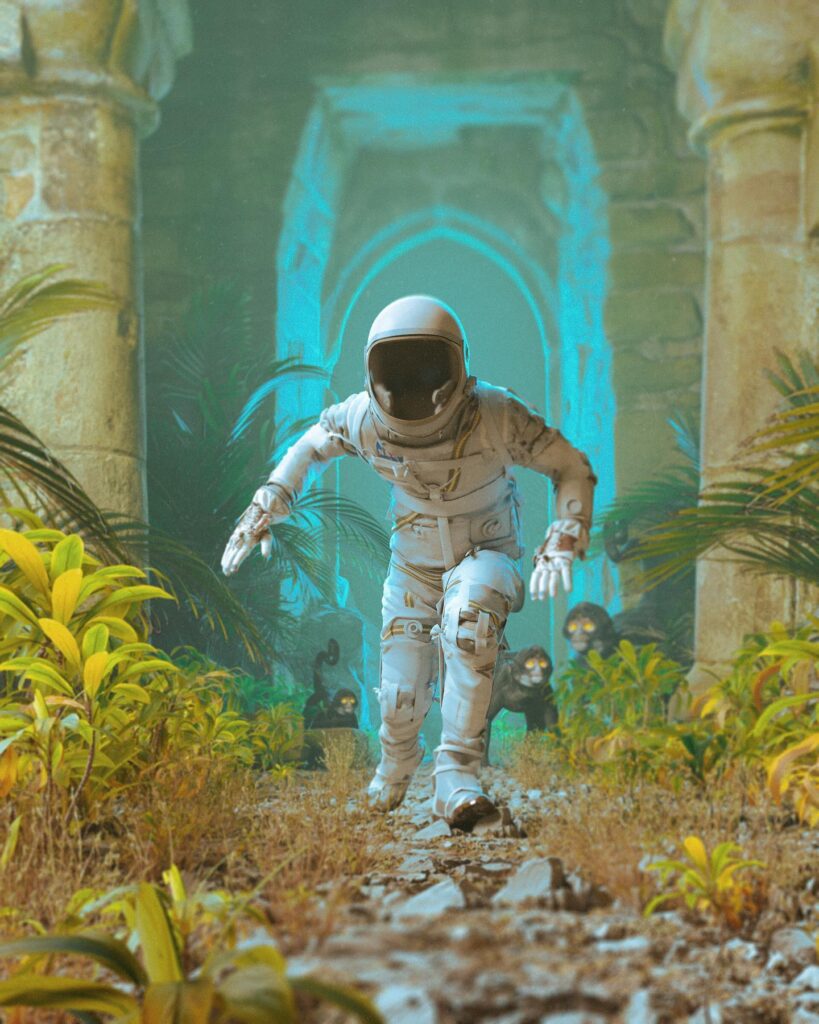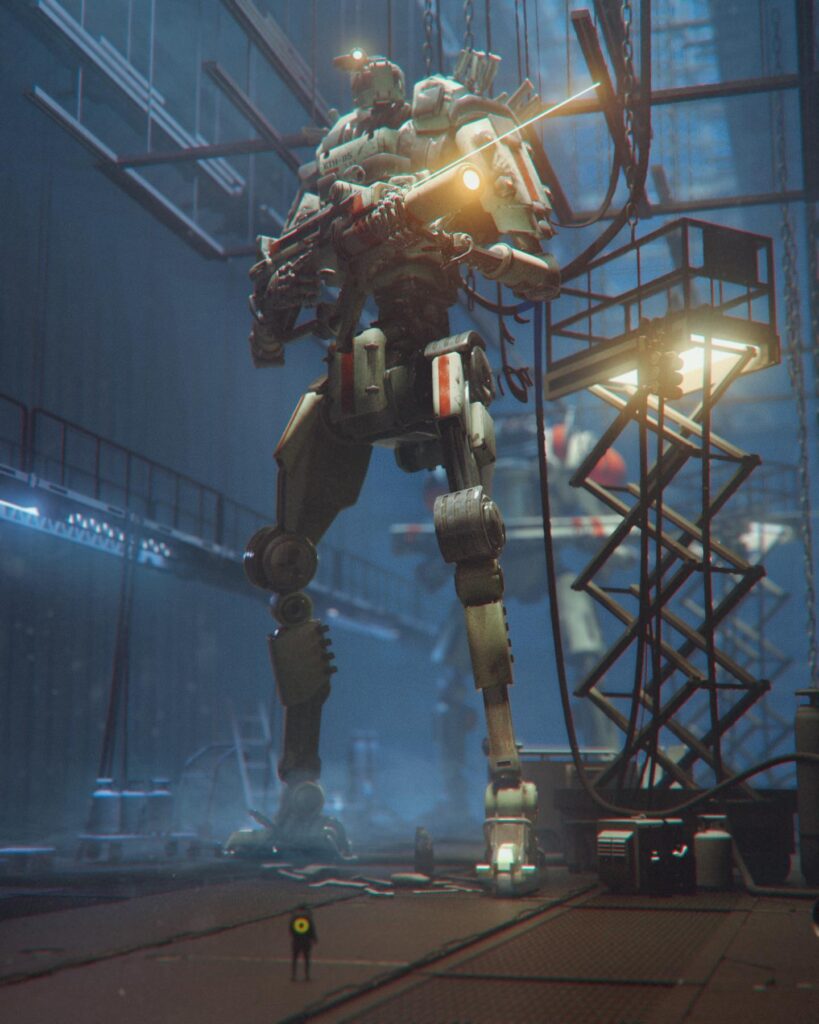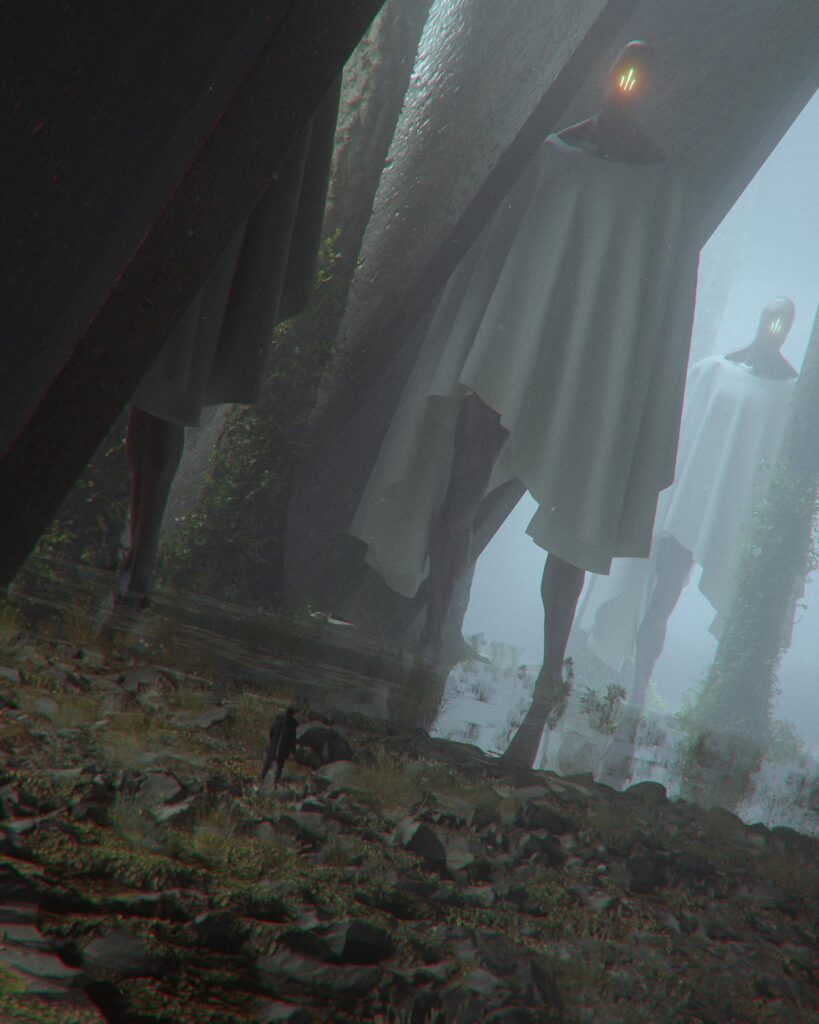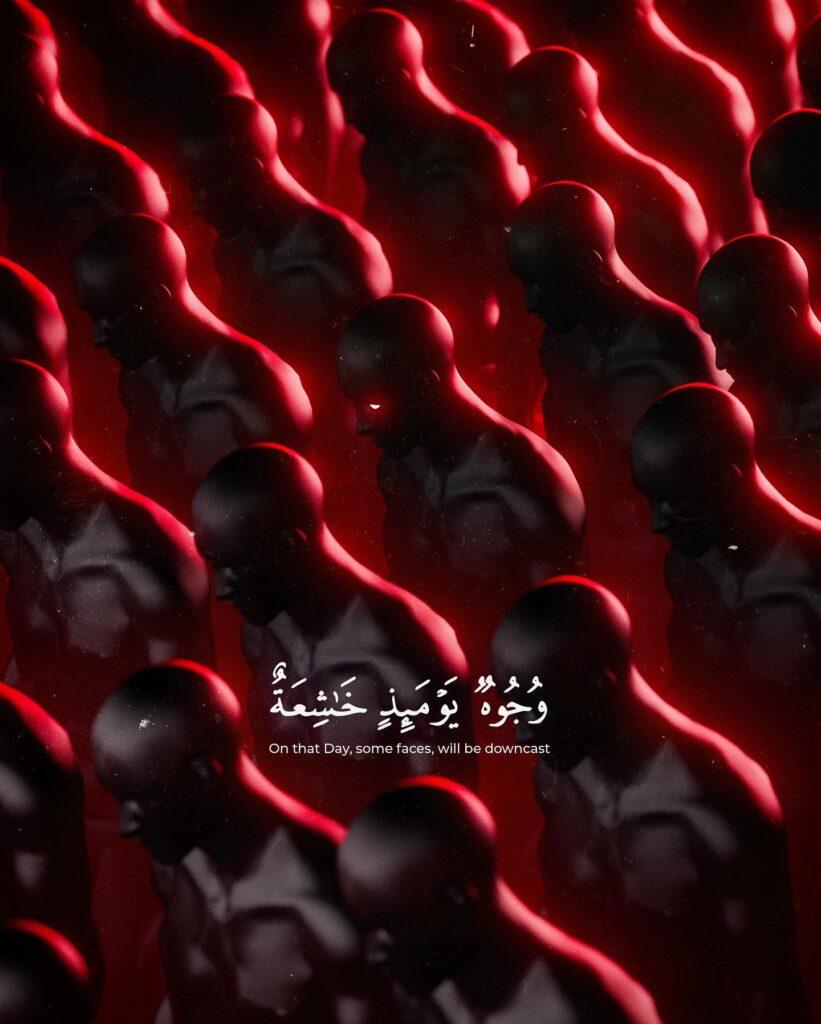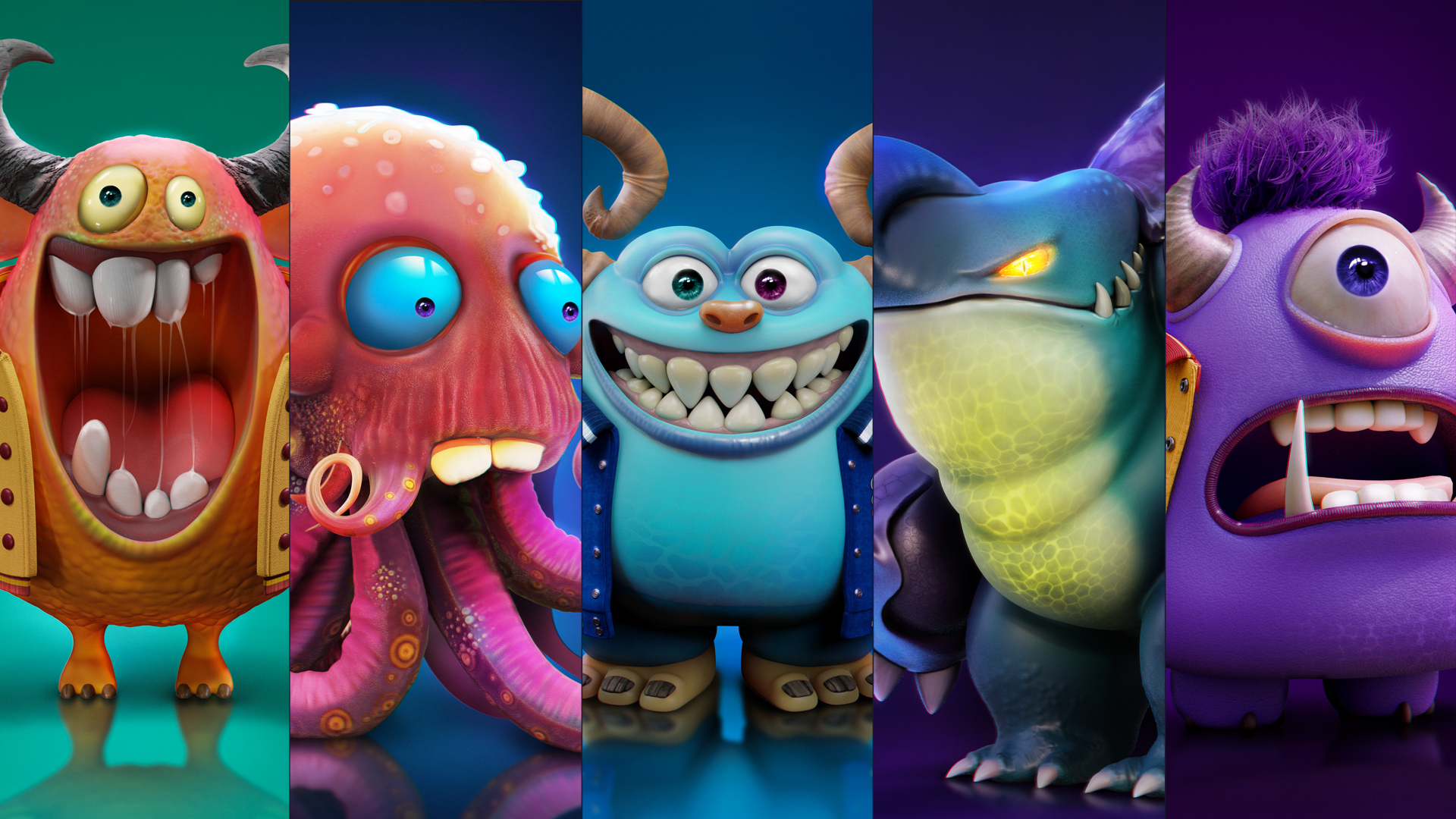Introduction to NFT Art
The world of art is undergoing a digital transformation, and at the forefront of this revolution are Non-Fungible Tokens (NFTs). NFTs have opened up new opportunities for artists to monetize their work, reach global audiences, and retain ownership rights like never before. If you’re an artist looking to explore this exciting space, becoming an NFT artist could be your ticket to success. But what exactly is an NFT?
NFT stands for Non-Fungible Token, a unique digital asset stored on a blockchain. Unlike cryptocurrencies, which are fungible and can be exchanged on a one-to-one basis, NFTs are one-of-a-kind and cannot be replicated. This uniqueness has made NFTs especially popular in the art world, where originality and scarcity are highly valued.
Why NFTs Have Revolutionized the Art Industry
NFTs have shaken up the traditional art industry by offering artists a new way to showcase and sell their work. No longer are artists confined to galleries or exhibitions to reach potential buyers. With NFTs, artists can mint (or create) their digital artworks and sell them directly to collectors around the world. Moreover, thanks to blockchain technology, artists can continue to earn royalties on their work whenever it’s resold.
History of NFTs and Digital Art
Evolution of Digital Art
Digital art has been around for decades, with early pioneers exploring the possibilities of creating artworks using computers. However, it wasn’t until the rise of the internet and social media that digital art began to gain widespread recognition. Artists could share their creations online, but monetizing them remained a challenge due to the ease of copying and distributing digital files.
The Emergence of NFTs in the Art World
The introduction of NFTs in the early 2010s was a game-changer for digital artists. By attaching a digital artwork to an NFT, artists could now prove ownership and scarcity, making their work more valuable to collectors. The NFT boom of 2021, which saw the sale of digital artworks for millions of dollars, brought NFTs into the mainstream and demonstrated their potential to revolutionize the art industry.
How to Get Started as an NFT Artist
Choosing Your Medium
NFTs are not limited to any one type of art. Whether you specialize in digital painting, 3D art, animation, or even music, you can create NFTs from virtually any medium. However, it’s important to choose a medium that you are comfortable with and that aligns with the platforms you’re using.
Setting Up a Crypto Wallet
Before you can start minting NFTs, you need a crypto wallet. A crypto wallet is where you’ll store the cryptocurrency (usually Ethereum) required to pay for minting fees on most NFT marketplaces. Popular wallets like MetaMask are easy to set up and use.
Understanding Blockchain Technology
At the heart of NFTs is blockchain technology, a decentralized ledger that records the ownership and transactions of digital assets. Understanding how blockchain works is essential for any NFT artist, as it ensures the security and transparency of your transactions.
Popular NFT Marketplaces
OpenSea, Rarible, Foundation
There are several popular NFT marketplaces where artists can mint and sell their work, including OpenSea, Rarible, and Foundation. Each platform has its unique features, community, and fee structure, so it’s important to choose one that best suits your needs.
How to Choose the Right Platform for Your Art
When selecting an NFT marketplace, consider factors such as the platform’s audience, ease of use, and fees. For example, OpenSea is known for its large and diverse user base, making it a good starting point for new artists, while Foundation caters to more exclusive, high-end artwork.
Steps to Mint Your First NFT
What Does “Minting” Mean?
Minting an NFT is the process of creating a digital asset on a blockchain. Once minted, your artwork becomes a part of the blockchain, where it can be sold, traded, or collected.
A Step-by-Step Guide to Minting Your NFT
Minting your first NFT may seem daunting, but most platforms make it easy. Typically, you’ll upload your digital artwork, set a price, and pay a small fee to mint the token. After that, your NFT is live on the marketplace and available for sale.
Pricing Your NFT Art
Factors Influencing NFT Art Prices
Pricing NFT art can be tricky. Factors like rarity, demand, and your reputation as an artist can all influence how much your artwork is worth. It’s important to do your research and see how similar pieces are priced.
Setting a Starting Price and Auction Options
Many artists choose to sell their NFTs through auctions, allowing collectors to bid on their work. Auctions can drive up the price of an NFT, but it’s important to set a reasonable starting price to encourage bids.
Promoting Your NFT Art
Social Media Strategies for NFT Artists
Promotion is key to selling NFT art. Social media platforms like Twitter, Instagram, and Discord are great places to showcase your work and connect with potential buyers. Building a strong online presence can help you stand out in a crowded market.
Building a Community and Engaging with Collectors
In the world of NFTs, community is everything. Engage with your audience by hosting live streams, participating in discussions, and responding to feedback. The more active you are, the more likely you are to build a loyal following.





